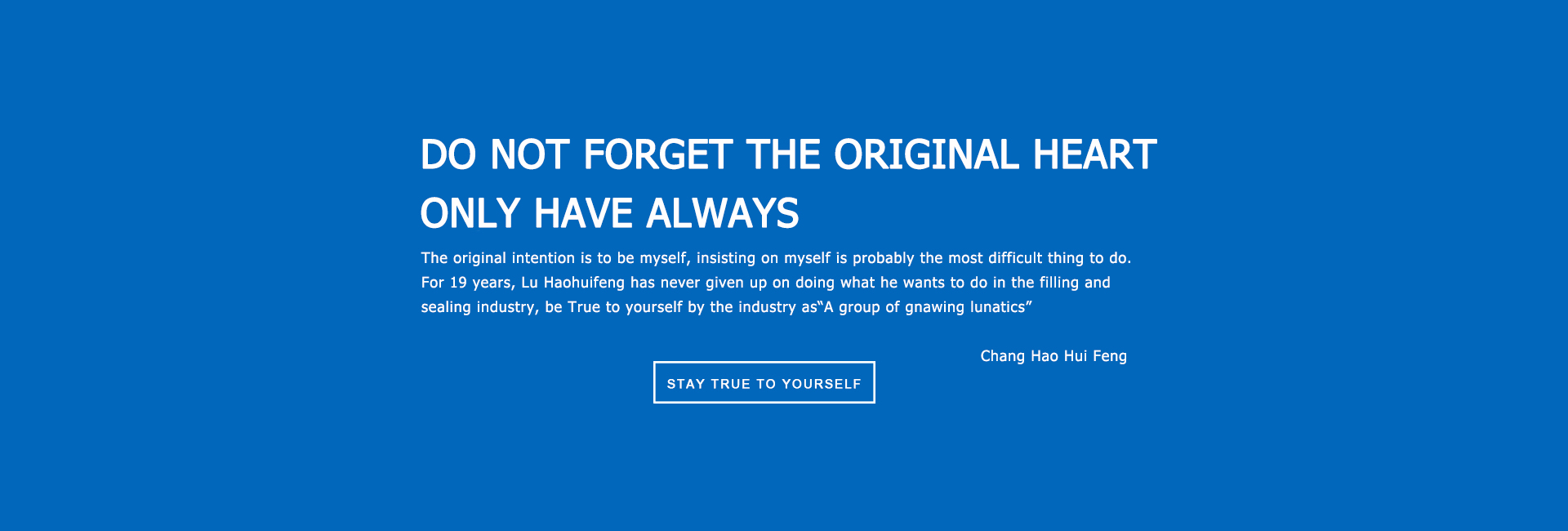
When it comes to filling operations, a common issue is filling stringing, which manifests as residual material forming a thread or hanging from the dispensing nozzle after the filling process. This phenomenon can be caused by various factors:
Mechanical issues: Wear and tear of filling machine components or lack of timely maintenance can lead to stringing at the bottle neck.
Improper operation: Adjusting the filling machine parameters incorrectly or performing operations improperly can also cause stringing at the bottle neck.
Material properties: Materials with high viscosity, such as laundry detergent, tend to have poor fluidity and are prone to forming strings at the dispensing nozzle. Additionally, excessively fast filling speeds or poorly designed filling pipelines can exacerbate this issue.
To address the issue of filling stringing, the following measures can be taken:
Increase the blowing pressure and duration, and adjust the blowing start angle. This helps clear any residual material from the dispensing nozzle promptly after the filling process.
Replace the dispensing nozzle with a cut-off type. This type of nozzle can quickly sever the material after filling, reducing the likelihood of stringing.
Adjust the material flow rate and filling speed to ensure a uniform and stable flow during the filling process, minimizing the possibility of stringing.
For materials with high viscosity, consider heating the material to reduce its viscosity and improve fluidity, thus reducing stringing. However, it is important to note that the heating temperature should not be too high, as this may affect the quality and performance of the material.
Shenzhen Changhao Huifeng Industrial Co.
9F, Zhengke Times, No.17, Industrial Road 1, Da Wang Shan, Shajing Street, Baoan District, Shenzhen
Copyright@2023粵ICP備15020808號